The KOLLMORGEN S21260-SRS converts the product of voltage drop and current into heat
The + 3.3V and + 5V supply rail voltages are rarely a limiting factor; In general, any power supply rated at +12 V has sufficient capacity at lower voltages. However, most hard drives or PCI cards will generate a larger load on the +5 V supply rail.
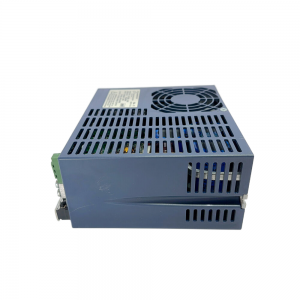
Older CPU and logic device motherboards are designed to operate at 5 V. The power supply of these computers precisely regulates the 5 V output and feeds the 12 V supply rail within a specified voltage window, depending on the load ratio of the two supply rails. +12 V power supply for computer fan motors, disk drive motors and serial interfaces (12 V power supply is also used). Further applications of 12 volts come from sound card audio power amplifiers using linear chips, sometimes with a 9 V filtered linear regulator clipping the sound of a noise motor on the card.
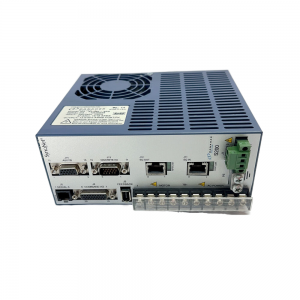
Because some 80386s are different, the CPU uses a lower operating voltage, such as 3.3 or 3.45 V. The motherboard has a linear regulator and is powered by a 5 V supply rail. The jumper or dip switch sets the output voltage to the specifications of the installed CPU. When newer cpus require higher currents, switching mode voltage regulators such as buck converters replace linear regulators to improve efficiency.

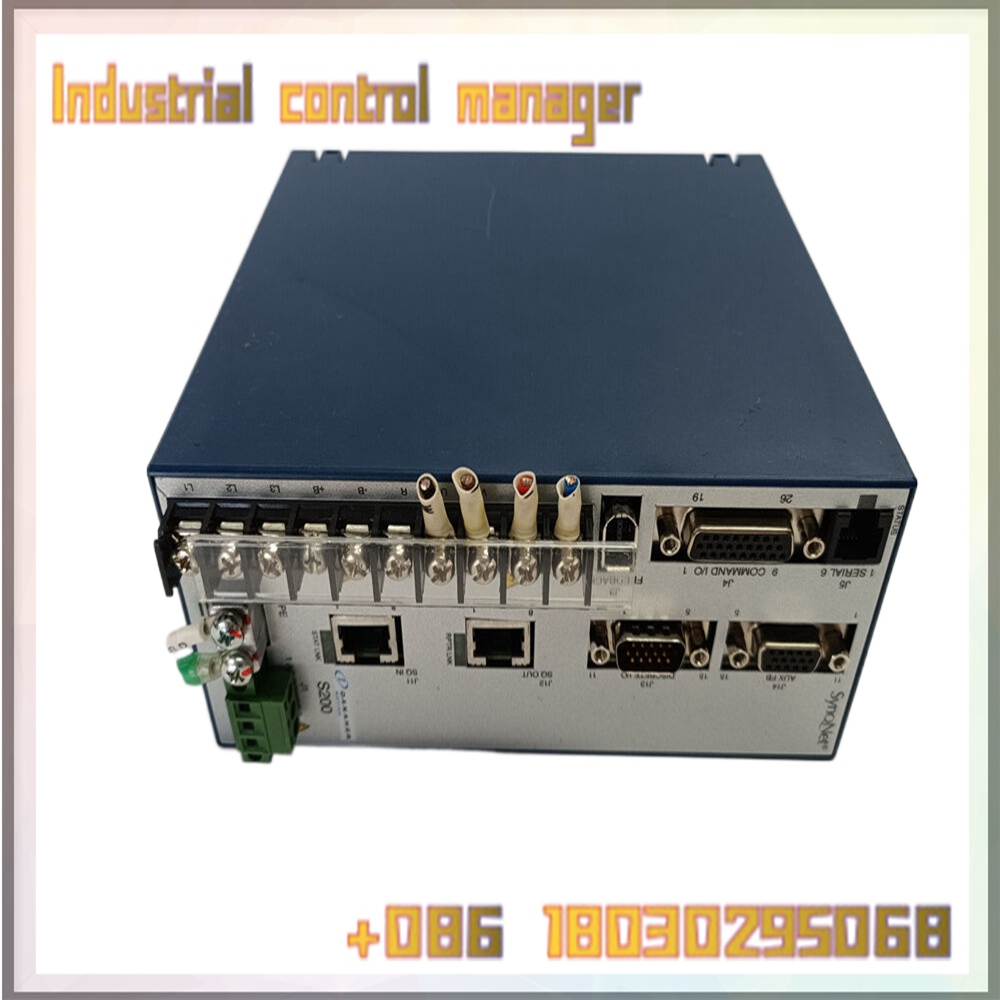
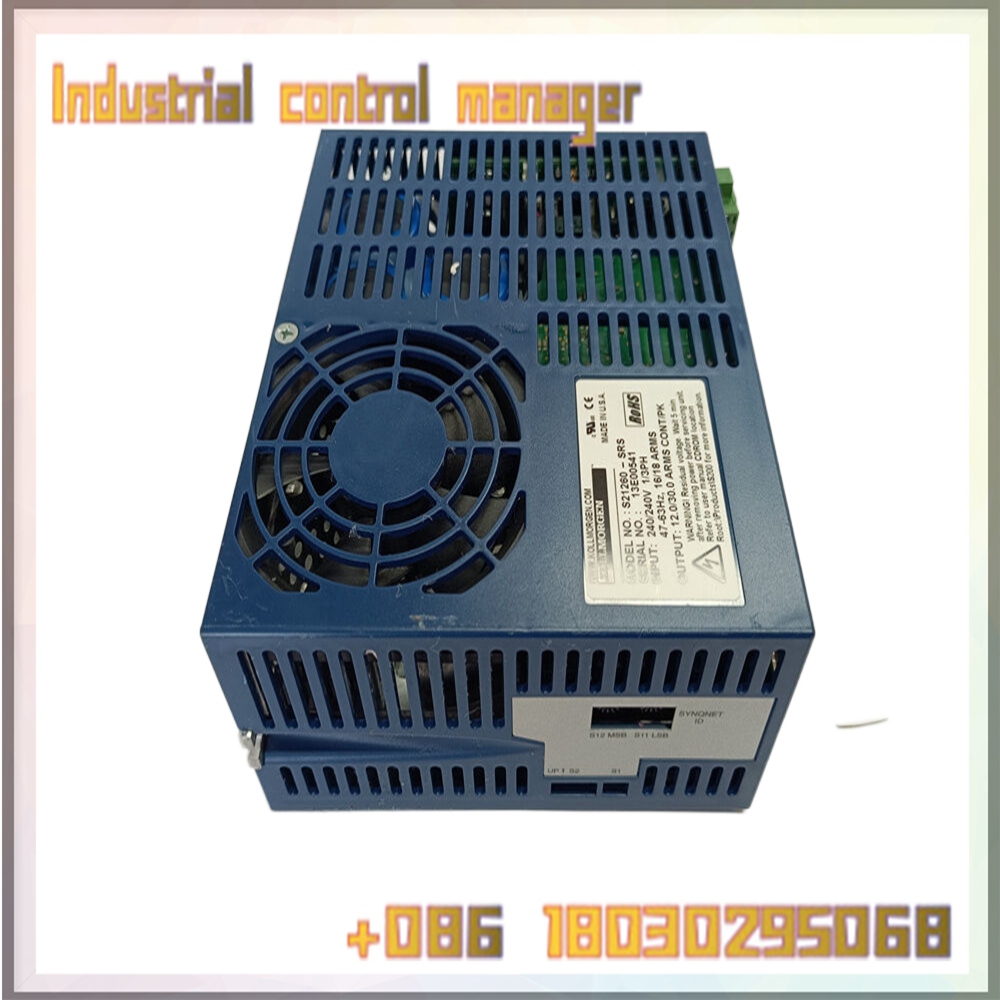
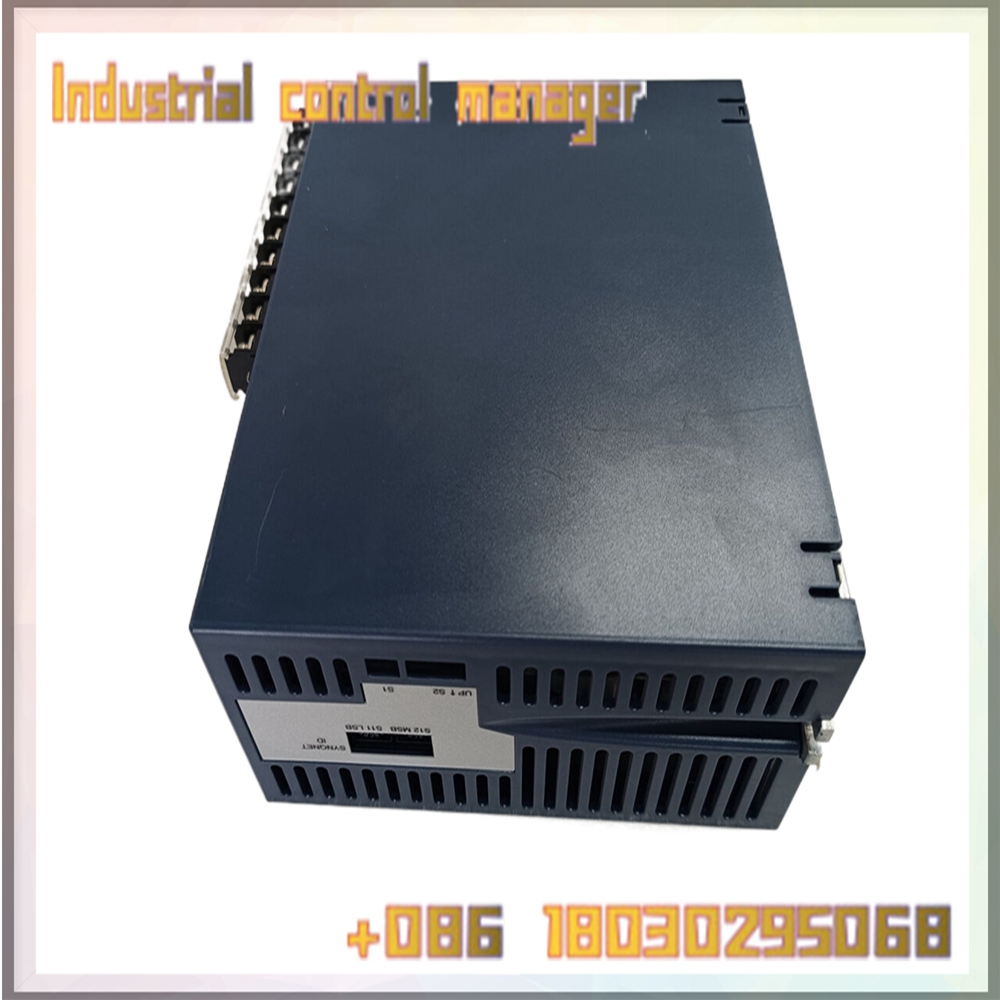
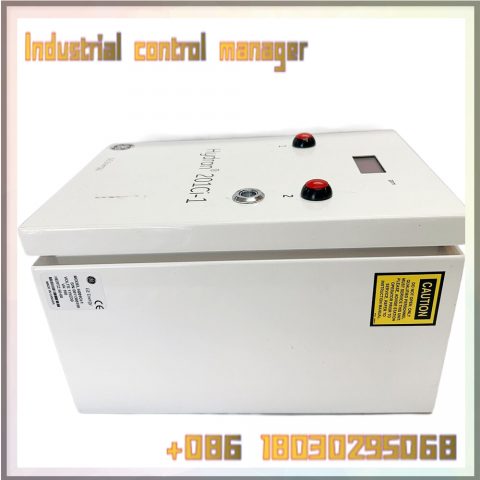
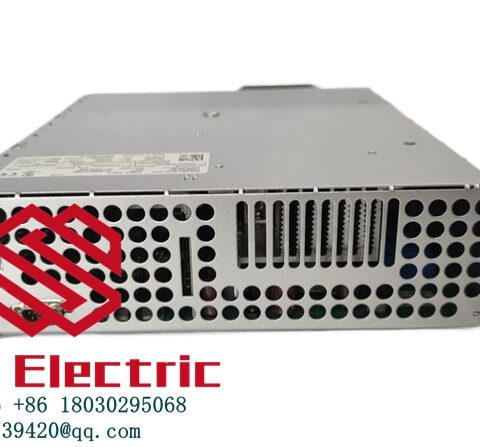
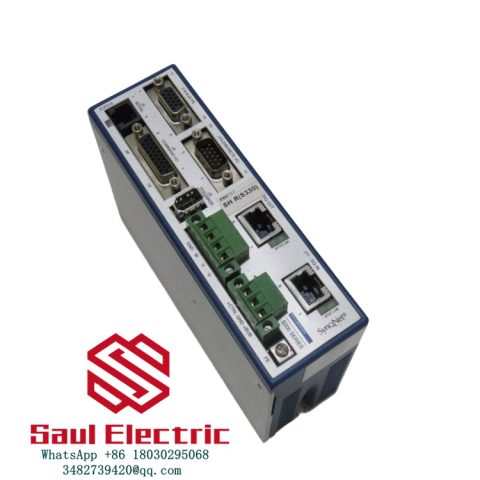

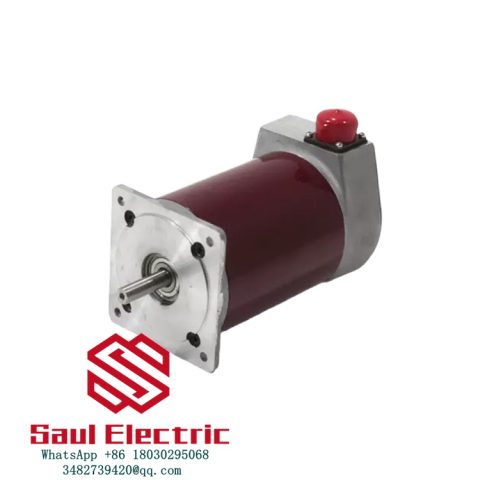
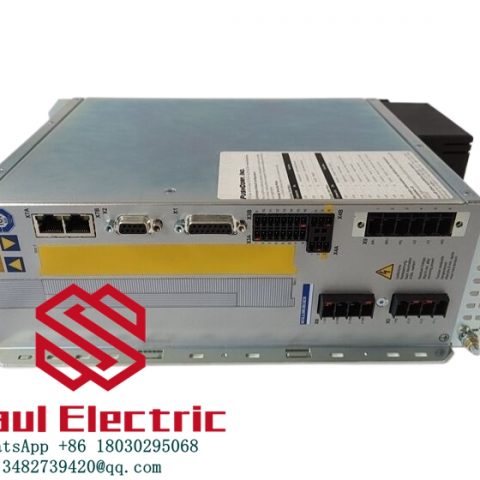
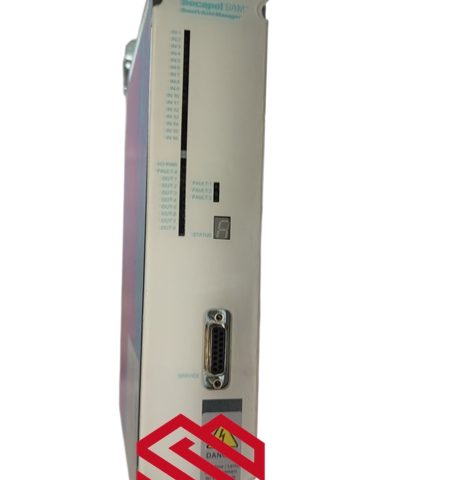
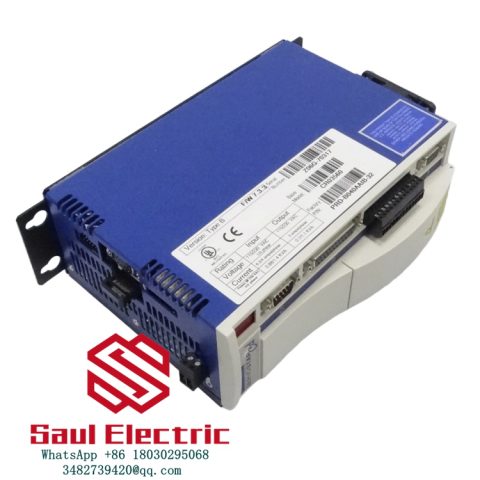

There are no reviews yet.